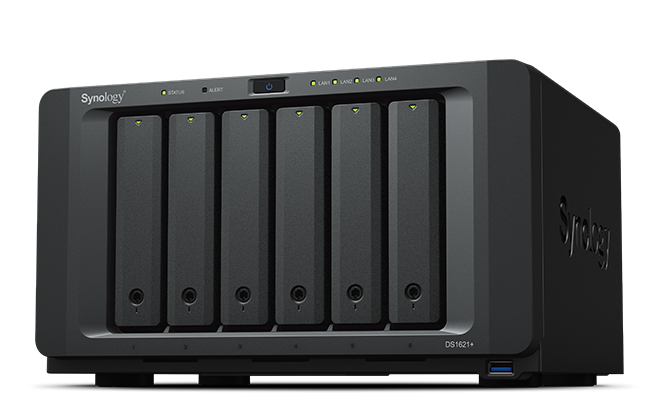The Creative’s Conundrum: Managing Files on the Go
As a creative professional, managing files can be a daunting task. With years of experience as a freelancer, I’ve learned that having a reliable and accessible storage solution is crucial to my productivity. In this article, I’ll share my journey with file management and how I’ve found a solution that works for me: Network Attached Storage (NAS).
The Portable Hard Drive Dilemma

For many years, I relied on portable hard drives to store my files. While they were convenient, they had their limitations. Not only did I accumulate a collection of drives, but I also faced issues with finding specific files and dealing with the fragility of these devices. One mishap could result in losing years’ worth of work.
The Quest for a Better Solution

About 10 years ago, I began exploring alternative storage options that would allow me to access my files from anywhere without being tethered to my computer or desk. That’s when I discovered NAS. Essentially, a NAS is a dedicated device that stores and manages your files, ensuring they’re always accessible and redundant.
What is Network Attached Storage (NAS)?
A NAS is a self-contained system that provides centralised storage for all your files, applications, and services. It’s connected to your network, just like Google Drive or Dropbox, but with the added benefit of redundancy. If one hard drive fails, the data remains safe on other drives.
My Experience with Synology NAS
I’ve been using a Synology NAS unit for many years now, and it has been a game-changer for my file management needs. With 6 x 20TB HDDs, I have ample storage space for large photo and video projects. The device has run non-stop (except during moves) and has proven to be reliable.
Benefits of Using NAS
NAS offers several benefits that make it an attractive solution for creatives:
- Centralised storage : Access your files from anywhere on the network, without being tied to a specific computer.
- Redundancy : Protect your data with built-in redundancy, ensuring that if one drive fails, others will still have your files.
- Collaboration : Work on multiple devices simultaneously or share links with clients for easy access to project deliverables.
- Backup and recovery : Easily backup projects while working from home or on location.
Recommendations
If you’re a creative professional looking to simplify your file management, I highly recommend considering NAS as an option. While it’s not a substitute for regular backups (more on that later), it can significantly reduce the need for portable hard drives and improve overall productivity.
Important Note: NAS is Not a Backup
It’s essential to remember that a NAS is not a backup solution in itself. Regular backups should still be performed, and I recommend having an additional device located at a separate location (e.g., a family member’s home) as a safeguard against data loss.
By adopting NAS as part of your file management strategy, you’ll be better equipped to handle the demands of creative work while minimising risks and ensuring that your archives remain safe and accessible.




